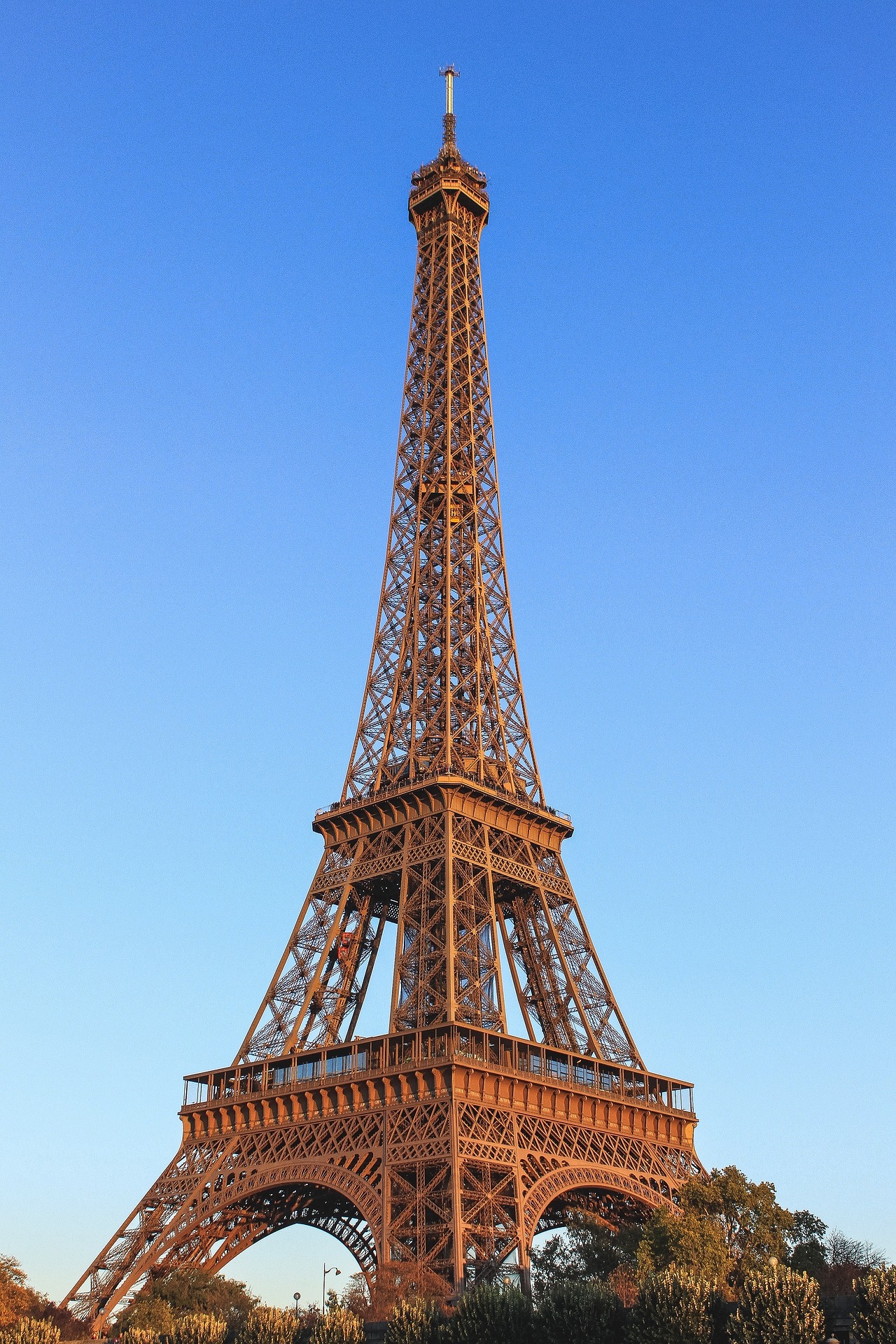The Eiffel Tower France

When most people think of Paris, their minds immediately turn to the iconic Eiffel Tower. There's simply no denying that this towering structure has become one of the most recognizable landmarks in the world. But how much do you really know about this amazing feat of human engineering? Here are 10 interesting things you probably didn't know about the Eiffel Tower.
1. The Eiffel Tower is named after Gustave Eiffel, the engineer who designed and built the tower. At the time, it was the tallest structure in the world, standing at a total height of 1,063 feet.
2. The tower was built over a two-year period, from 1887 to 1889, in time for the Paris Exposition. It was designed to showcase France's technological prowess to the world.
3. The Eiffel Tower was initially intended to be a temporary structure, to be dismantled after the exposition was over. However, the tower's popularity ensured that it remained standing long after the event was over.
4. Despite its massive size, the Eiffel Tower is surprisingly lightweight. It was built using an innovative design that utilized wrought iron and allowed for the structure to be both strong and light. The total weight of the tower is just over 10,000 tons.
5. The tower has three levels that visitors can access. The first two levels can be reached by stairs or an elevator, while the third level can only be accessed by elevator.
6. During World War II, the Eiffel Tower was used to broadcast Nazi propaganda. The tower's height and location made it an ideal transmission site, and the Nazis took advantage of this to spread their message across the country.
7. In the early 20th century, the Eiffel Tower was used for several scientific experiments, including studies in telegraphy, astronomy, and atmospheric pressure. It was also used as a radio antenna for many years.
8. The tower is home to several restaurants, including the Michelin-starred Jules Verne restaurant, which is located on the second level of the tower.
9. The Eiffel Tower has played a prominent role in several films, including "Charade," "Armageddon," and "The Bourne Identity."
10. Finally, it's worth noting that the Eiffel Tower is not the only tower in Paris. The Montparnasse Tower, which stands at a height of 689 feet, is often overlooked but worthy of a visit in its own right.
Visiting the Eiffel Tower is a must-do for anyone visiting Paris. However, it's important to keep a few travel tips in mind to ensure that your trip to the tower is as enjoyable as possible.
Firstly, be prepared for long lines if you plan to visit during peak tourist season. It's estimated that up to 30,000 people visit the tower each day during the summer months, so be prepared to wait in line for several hours before you can ascend to the top.
Secondly, consider purchasing your tickets in advance to avoid the long lines. You can buy tickets online or at one of the tower's three entrances. However, keep in mind that tickets are non-refundable and non-exchangeable, so make sure you buy the right ticket for your needs.
Finally, be aware that the tower can get incredibly crowded, especially during peak tourist season. If you're not a fan of crowds, try visiting the tower early in the morning or late in the evening, when it's less busy.
Despite its popularity, the Eiffel Tower remains an amazing engineering feat and a symbol of French culture and history. So be sure to add the tower to your itinerary the next time you visit the City of Light!
History:
The Eiffel Tower was built between 1887 and 1889 by the French engineer Gustave Eiffel. It was designed as the centerpiece of the 1889 Exposition Universelle, which was designed to coincide with the 100th anniversary of the French Revolution.
Eiffel was a talented engineer who had previously designed the structure of the Statue of Liberty in New York Harbor. He used his knowledge of wrought iron construction to create a structure that was both strong and light, and capable of withstanding the strong winds that are common in Paris.
Despite initial criticism of the tower's design, it quickly became a beloved symbol of Paris and French culture. Today, the tower attracts millions of visitors each year and remains a testament to human engineering and design.
Travel Tips:
1. Purchase your tickets in advance to avoid long lines.
2. Be prepared for long lines, especially during peak tourist season.
3. Consider visiting the tower early in the morning or late in the evening to avoid the crowds.
4. Be prepared for the stairs if you choose to climb the tower. The tower has over 1,700 stairs, but there are elevators available for those who don't want to climb.
5. Finally, be sure to take plenty of photos during your visit. The tower is one of the most iconic landmarks in the world, so be sure to capture the moment!


Post a Comment for "The Eiffel Tower France"